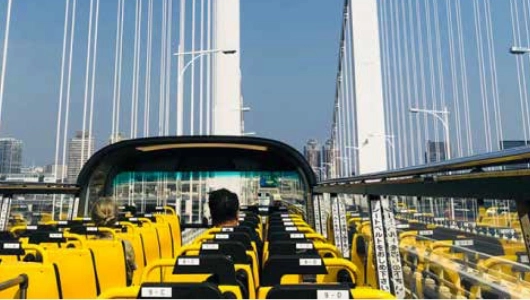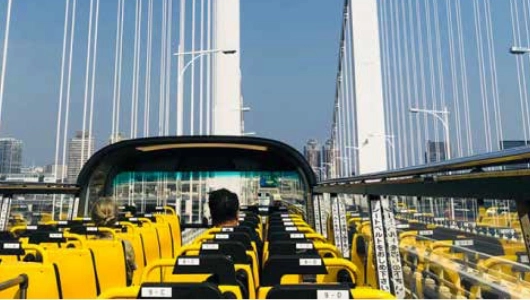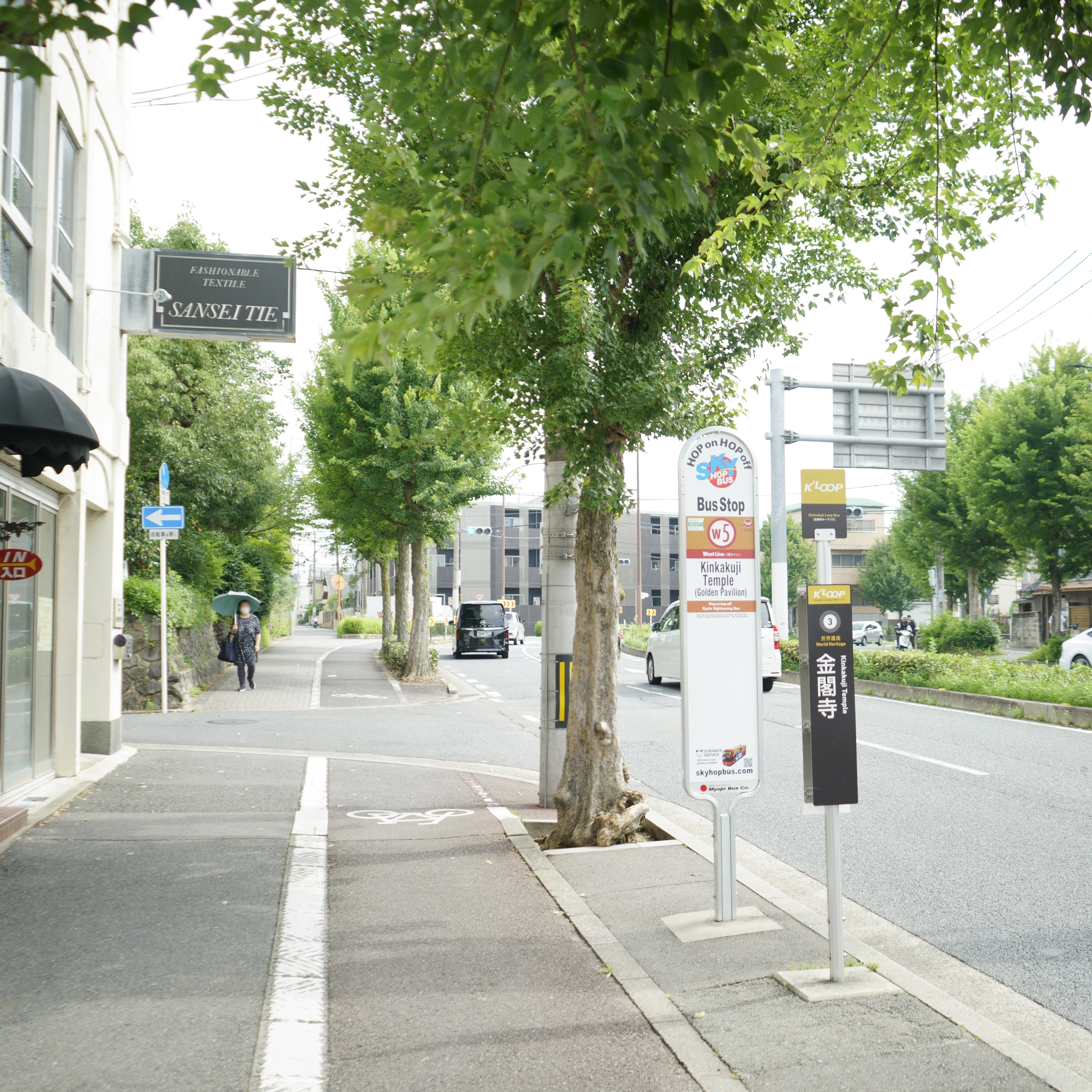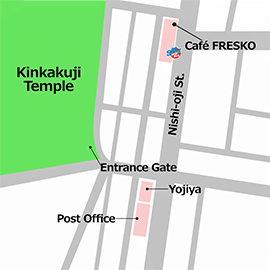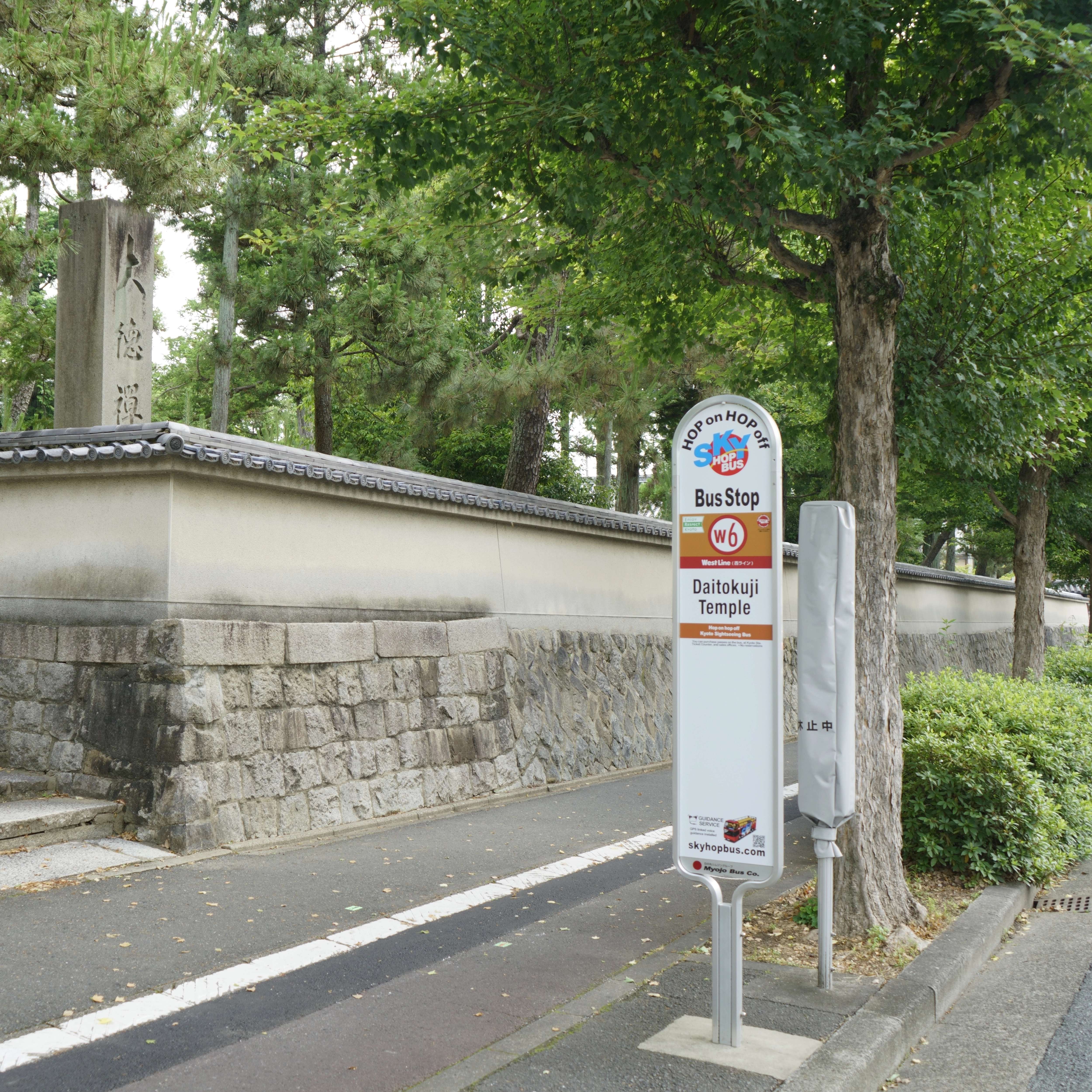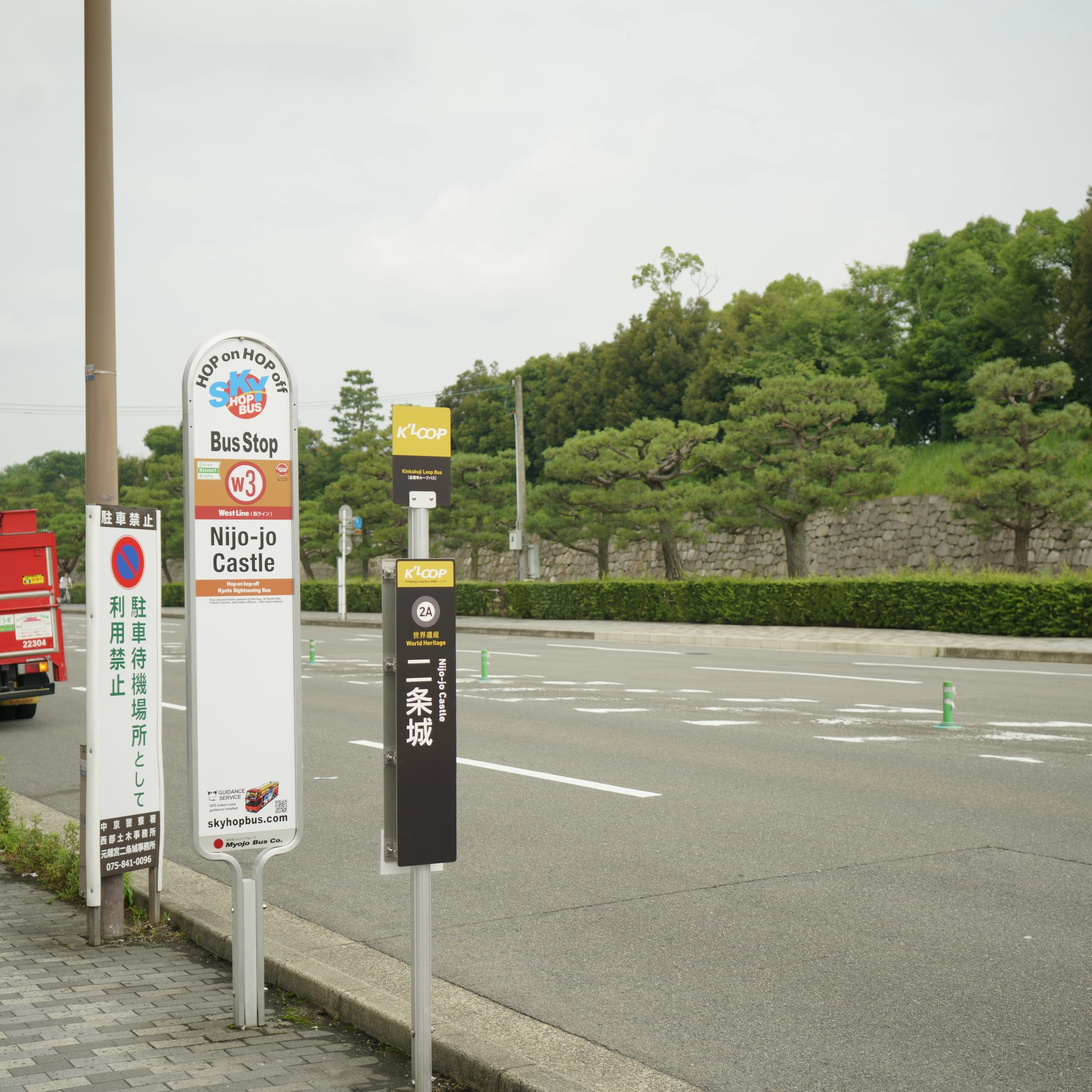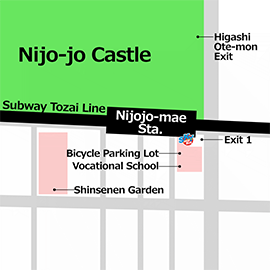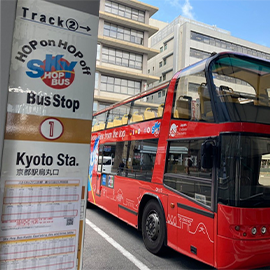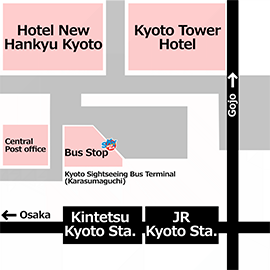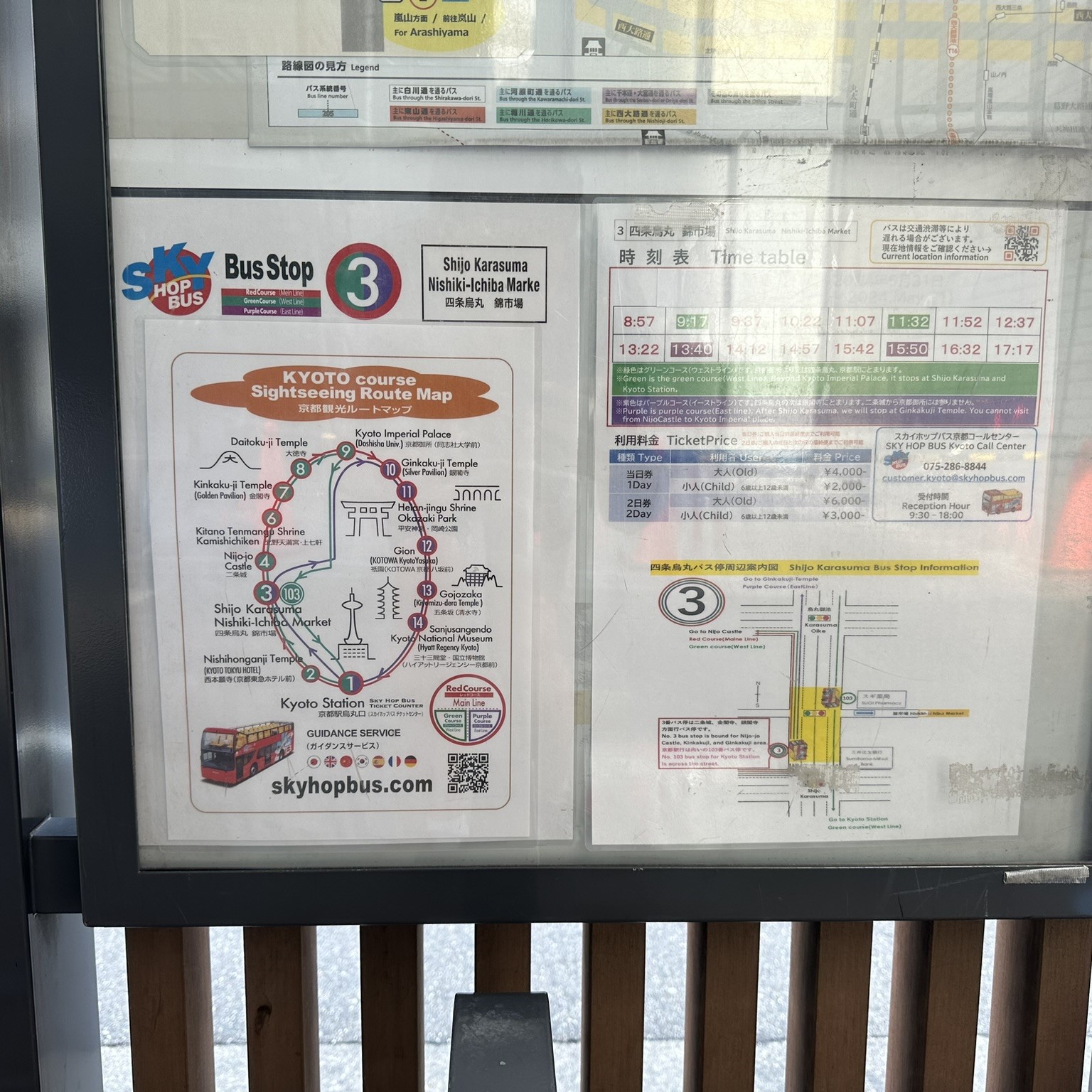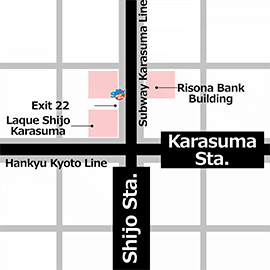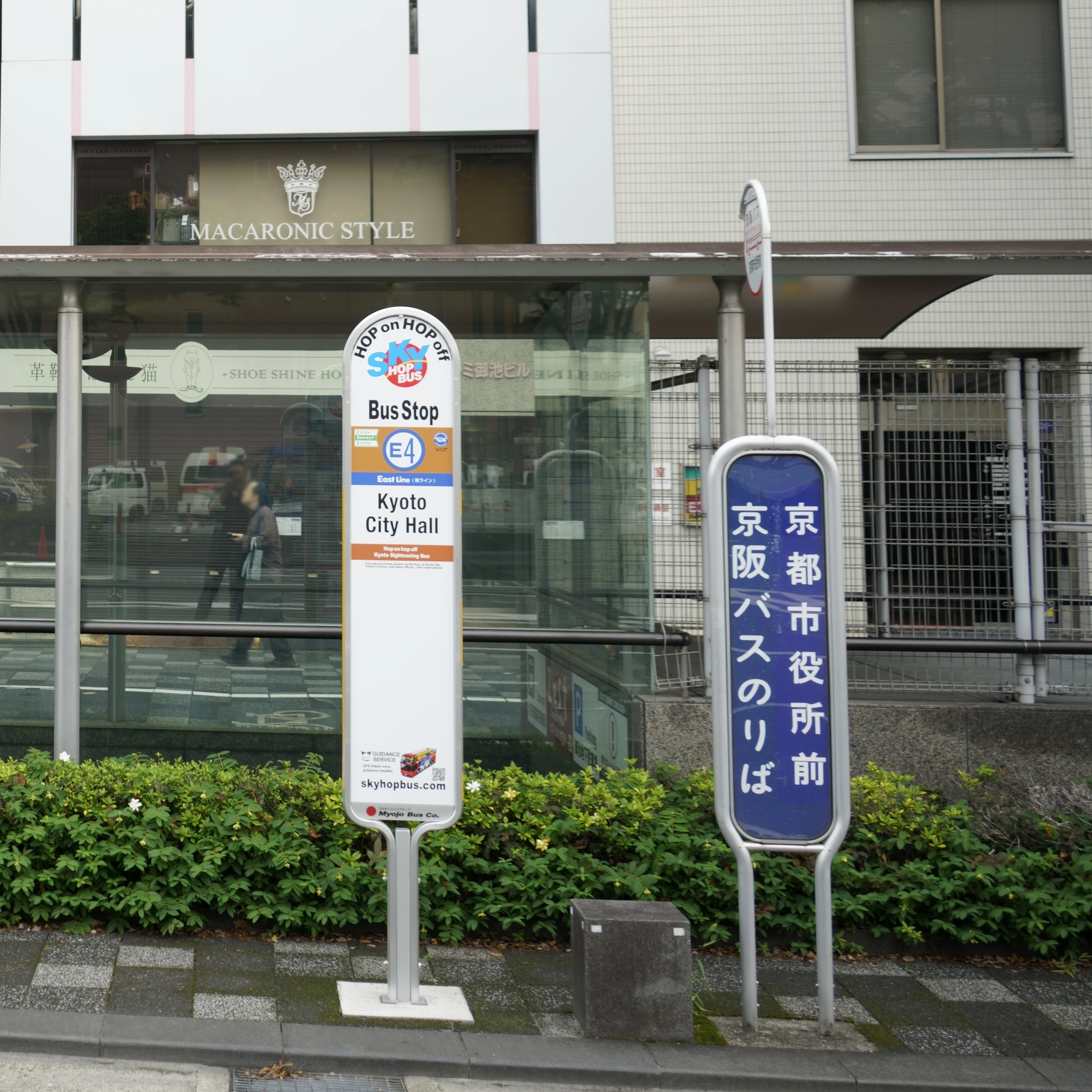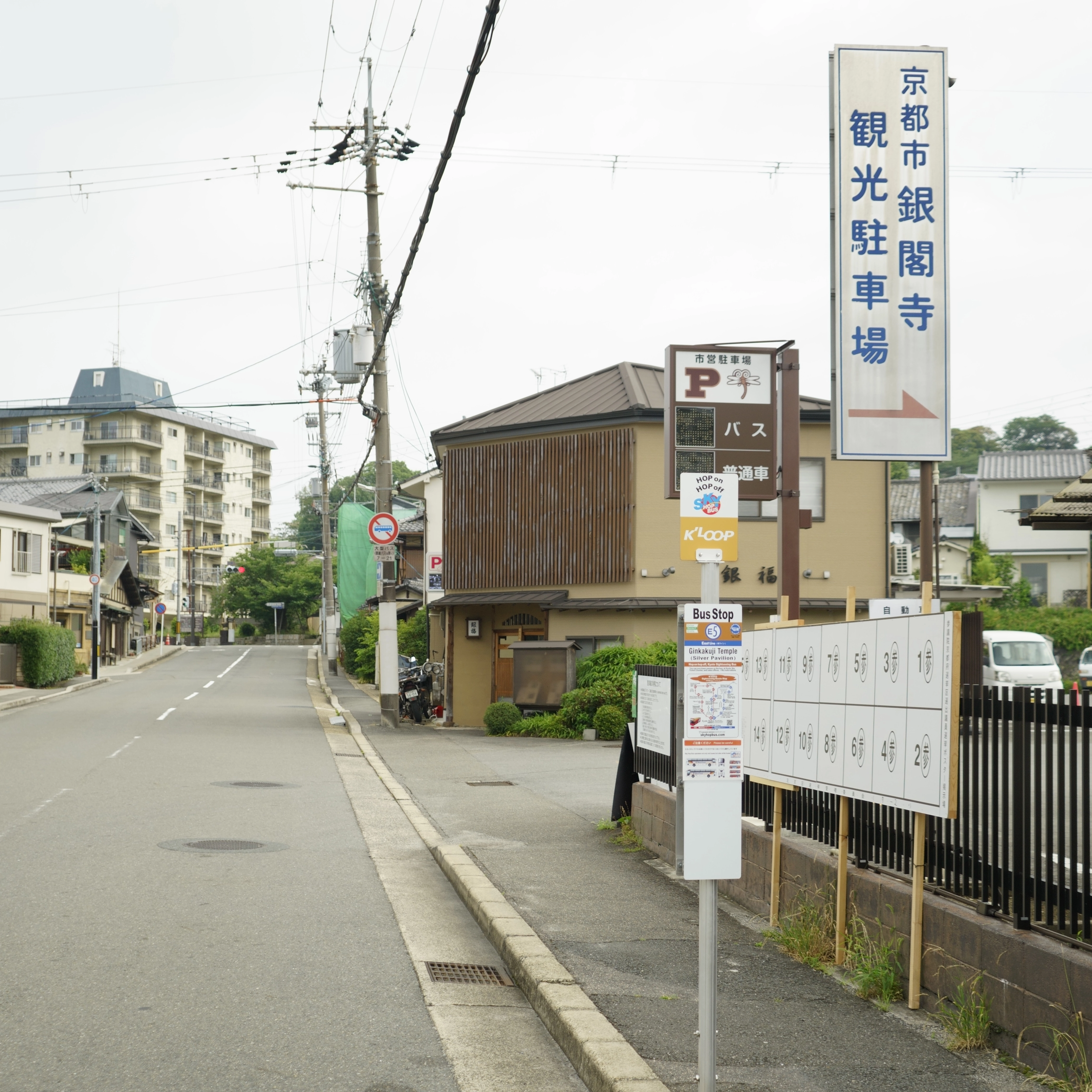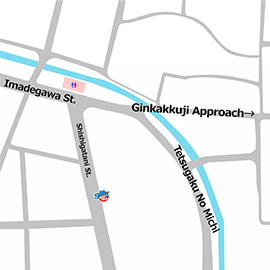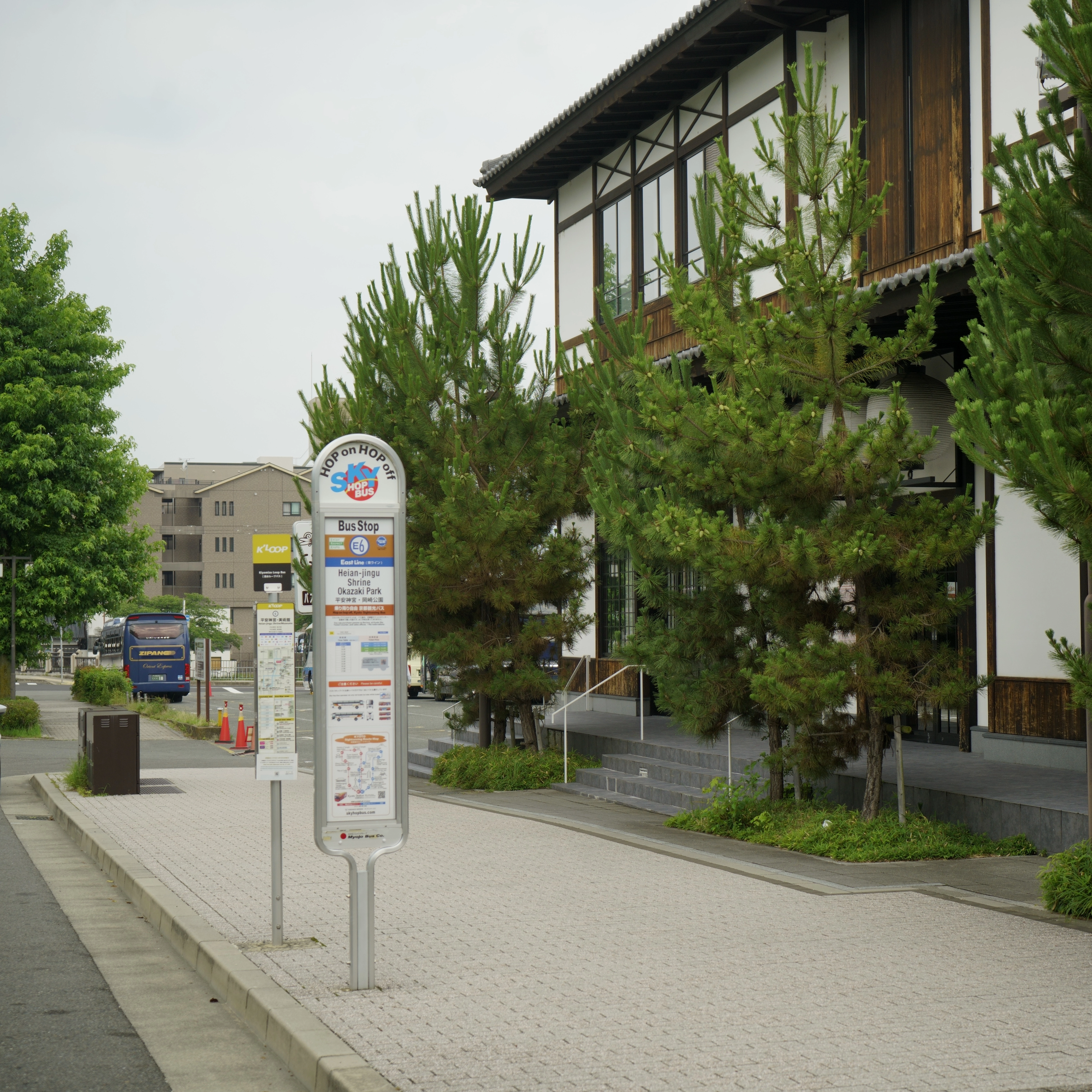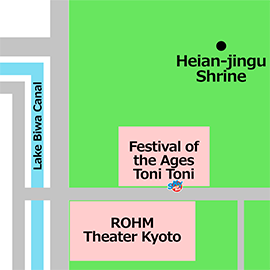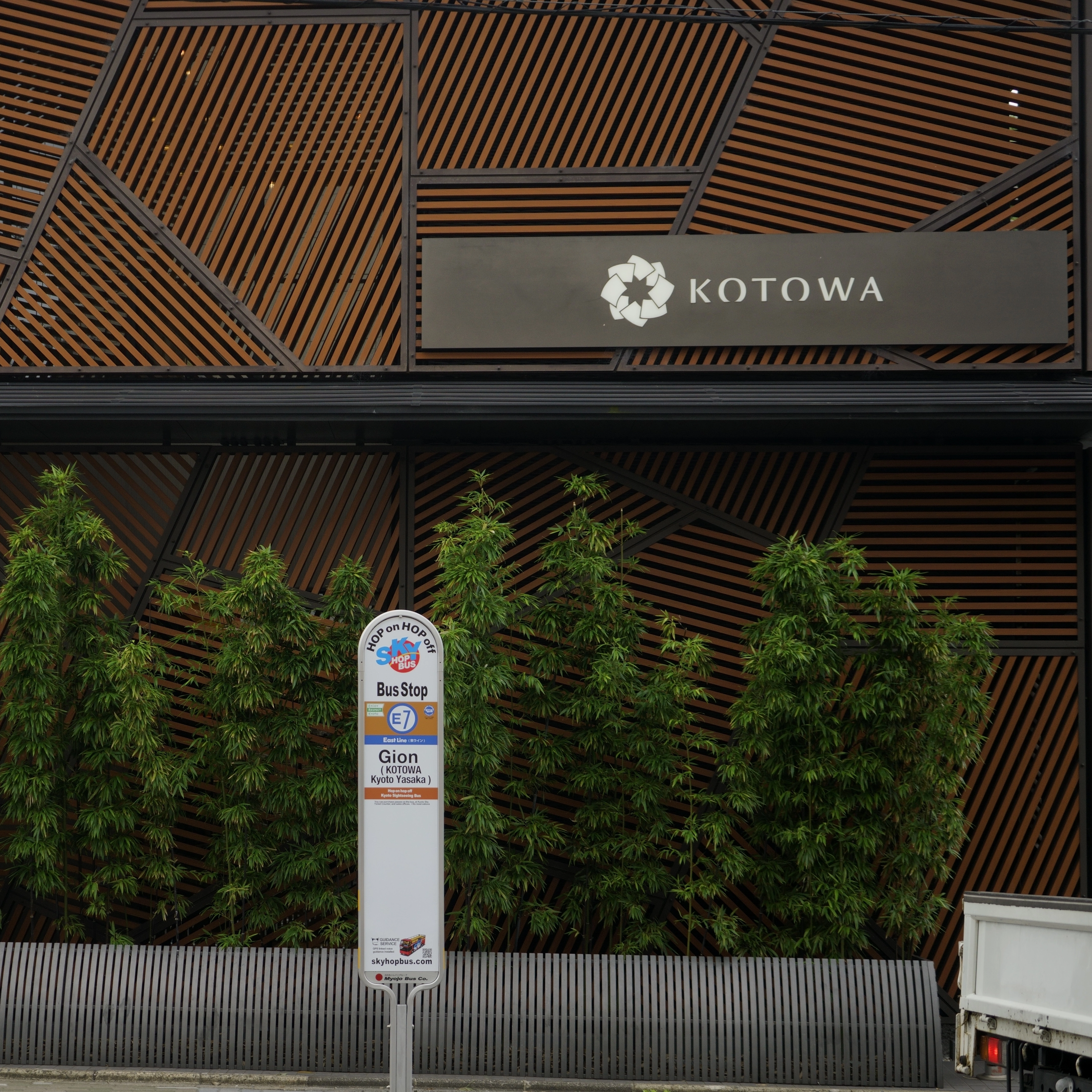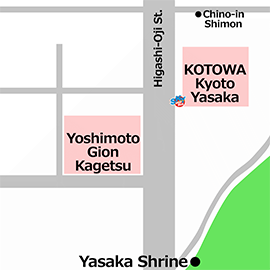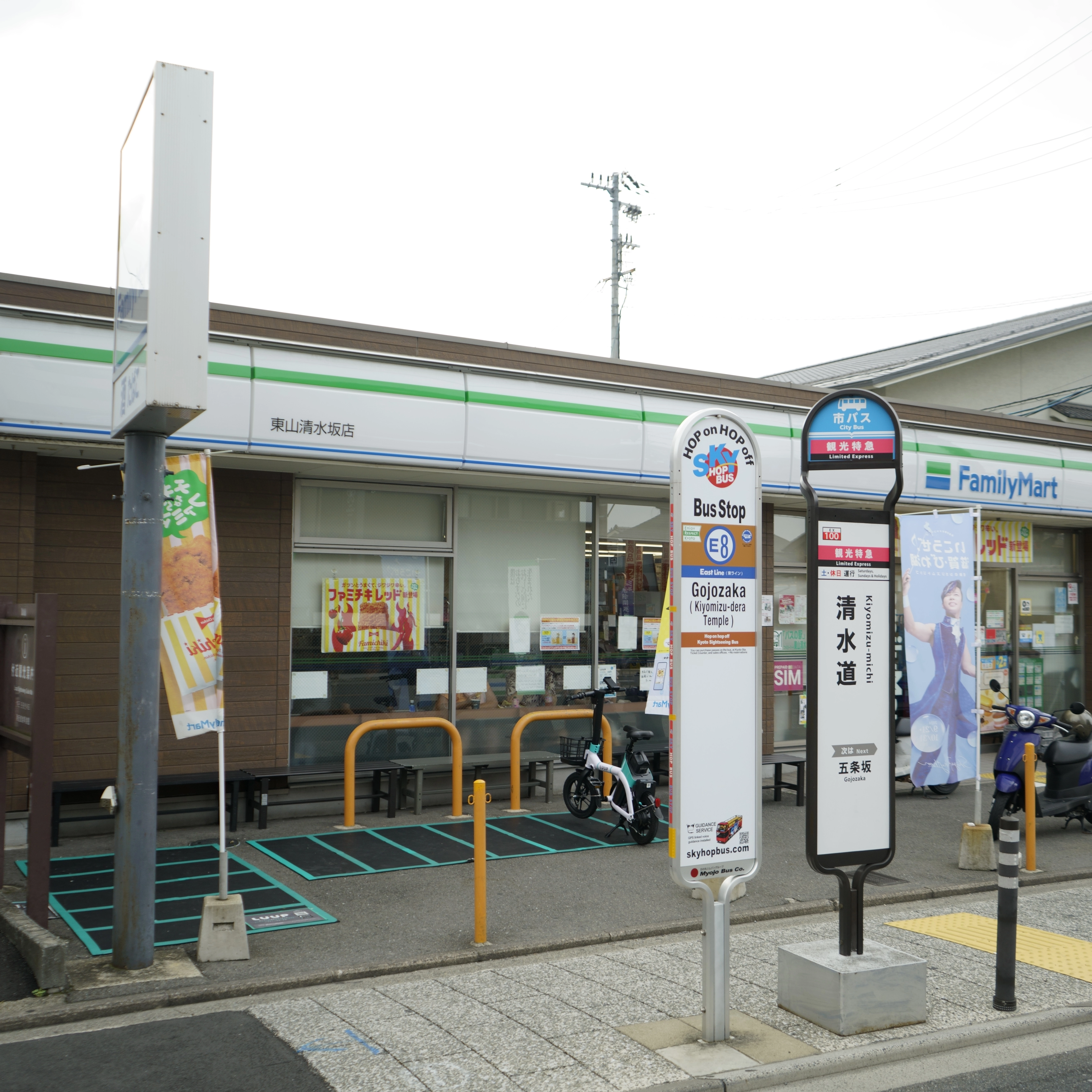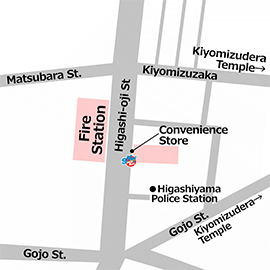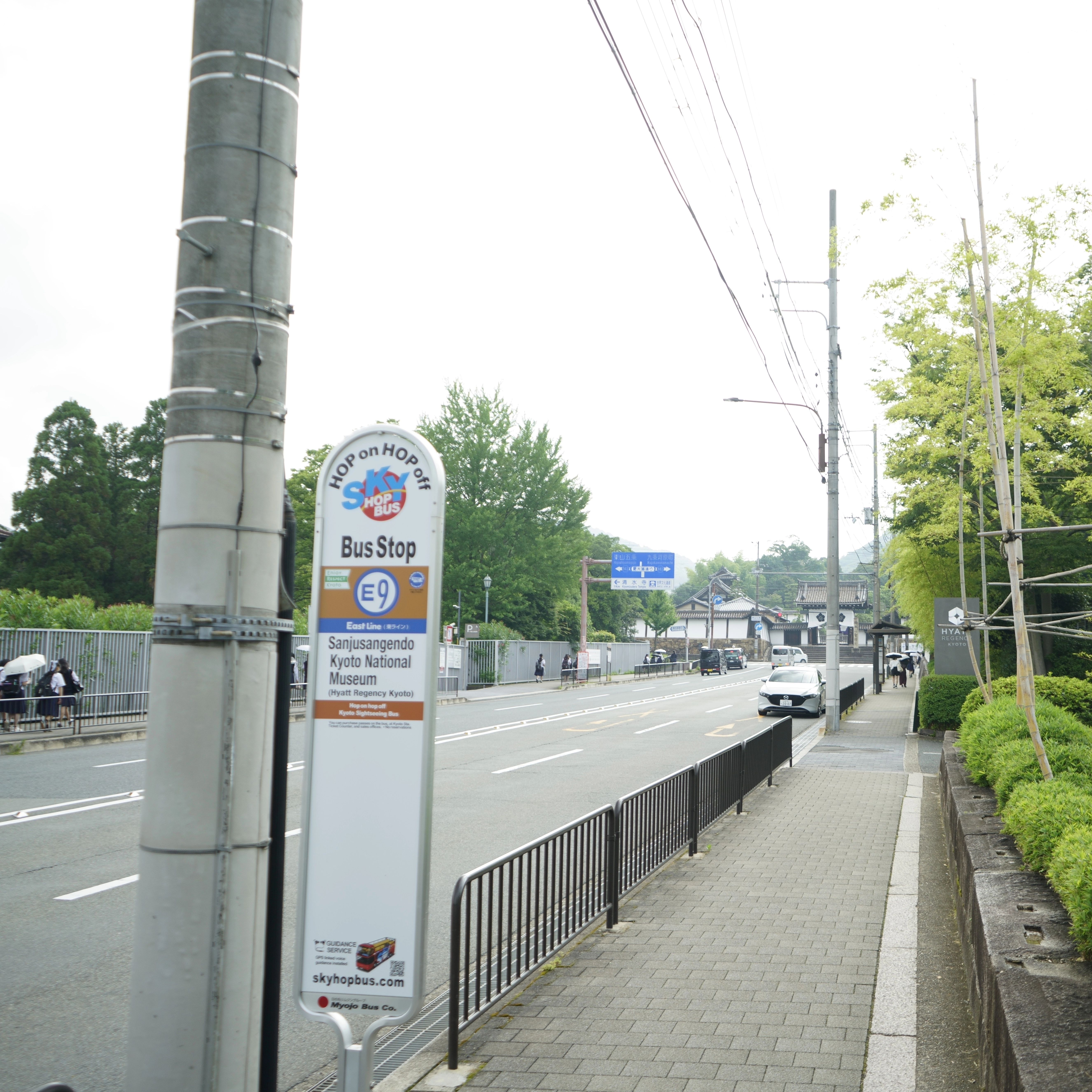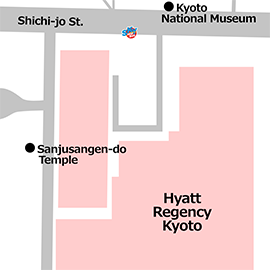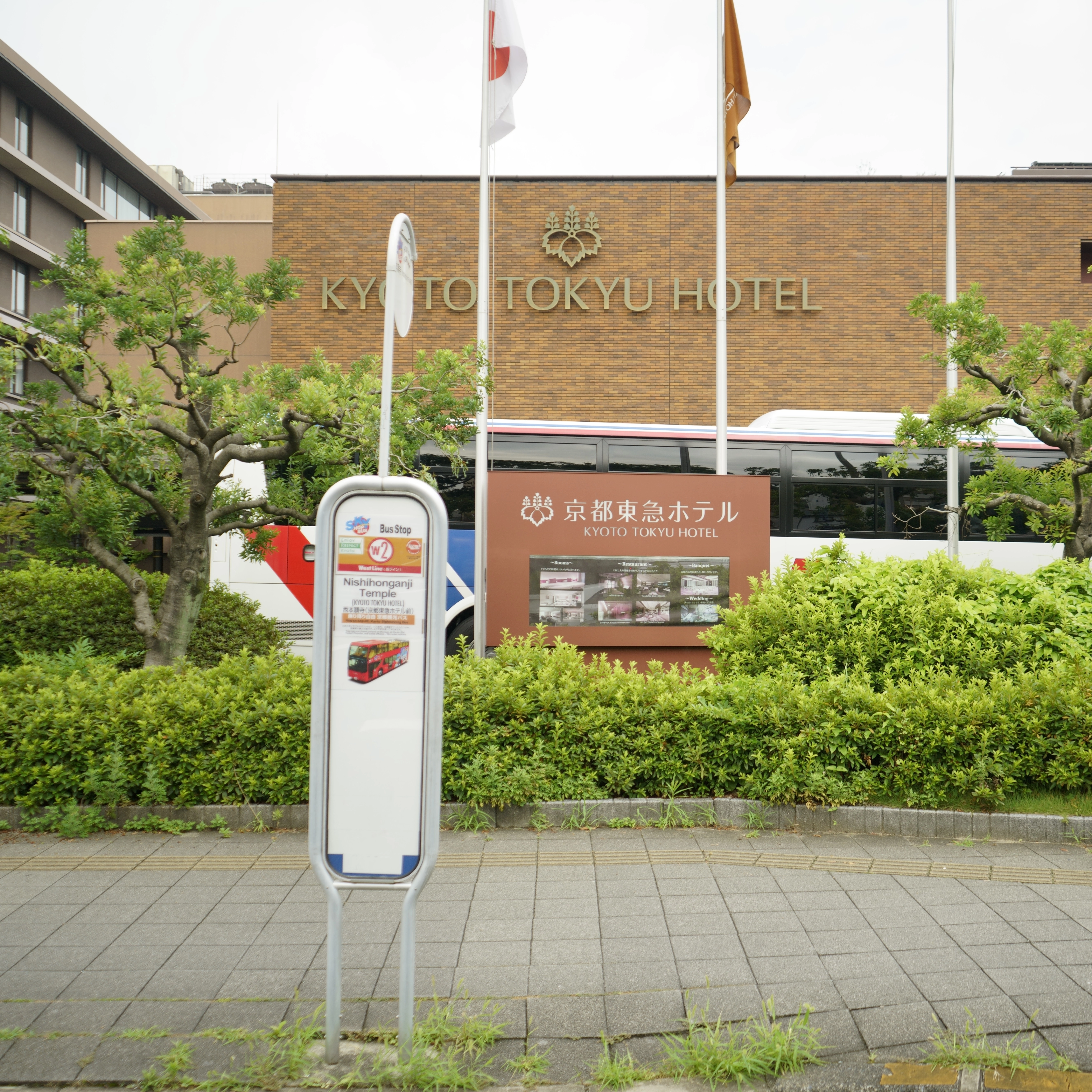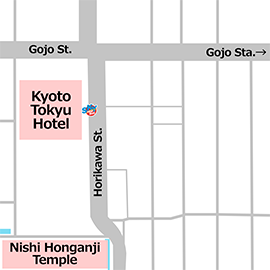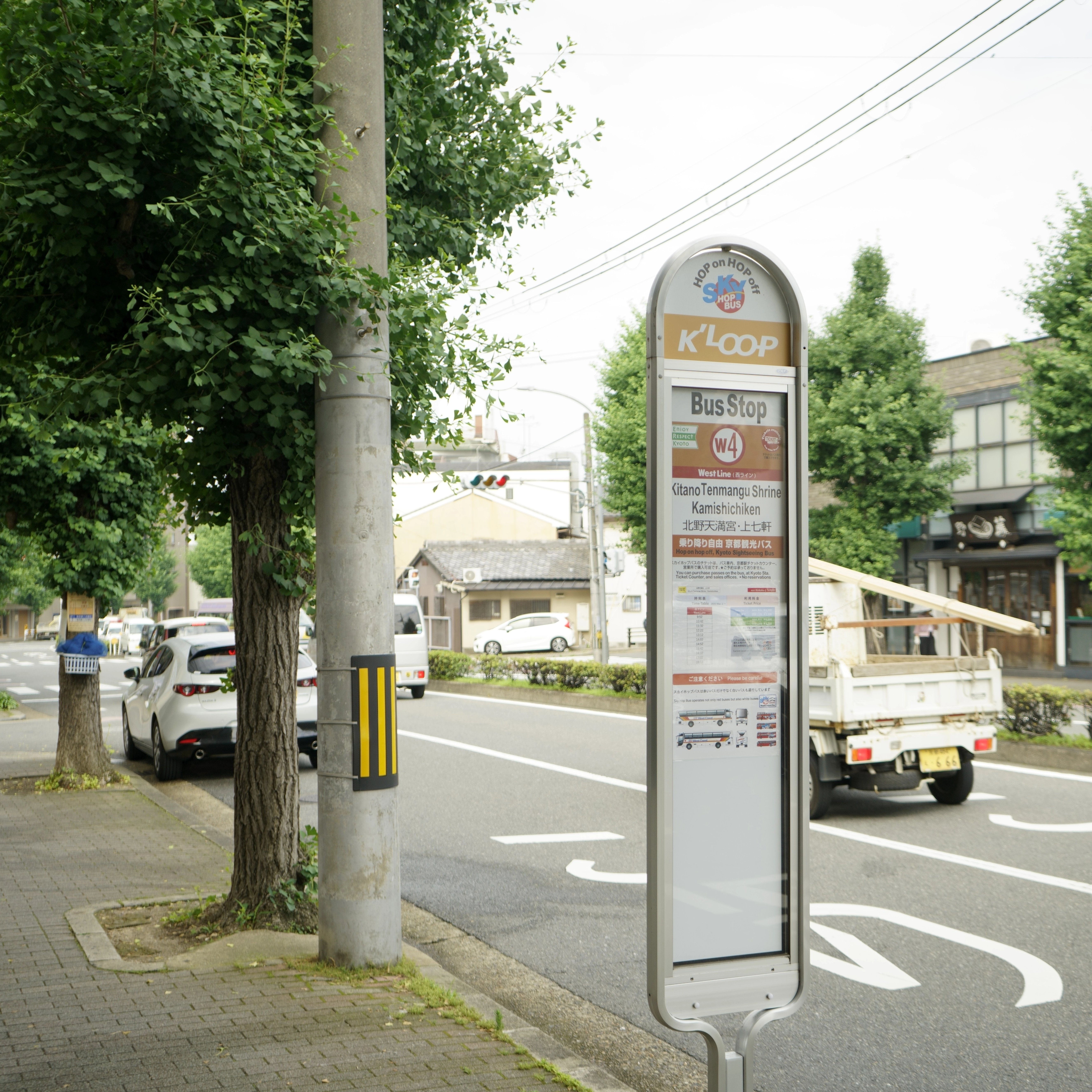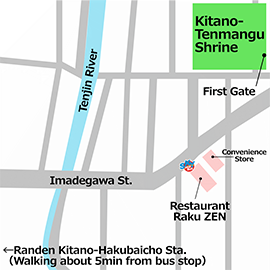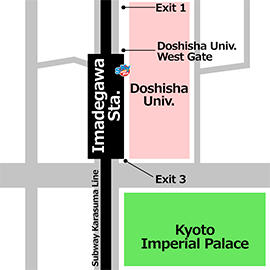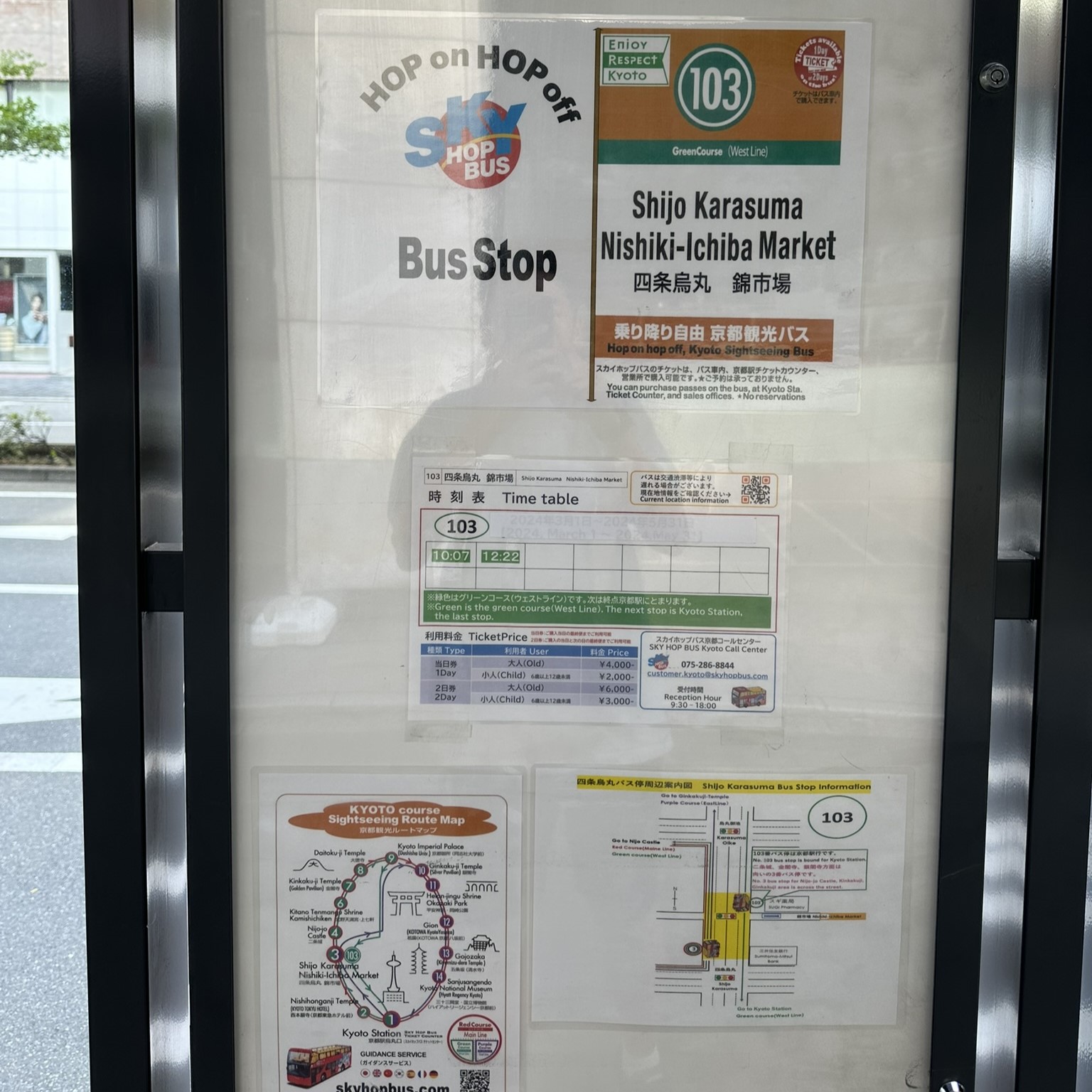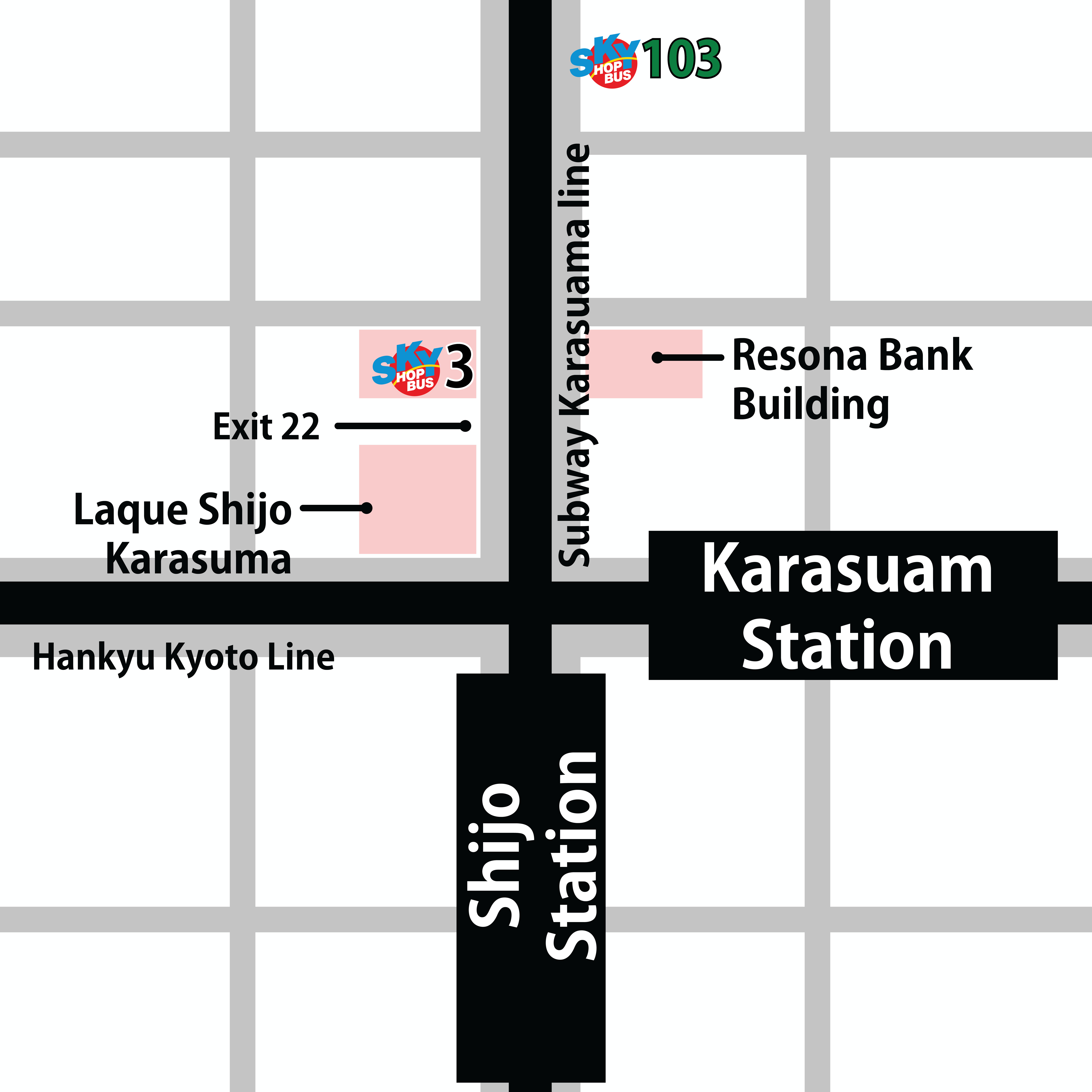FEATURES
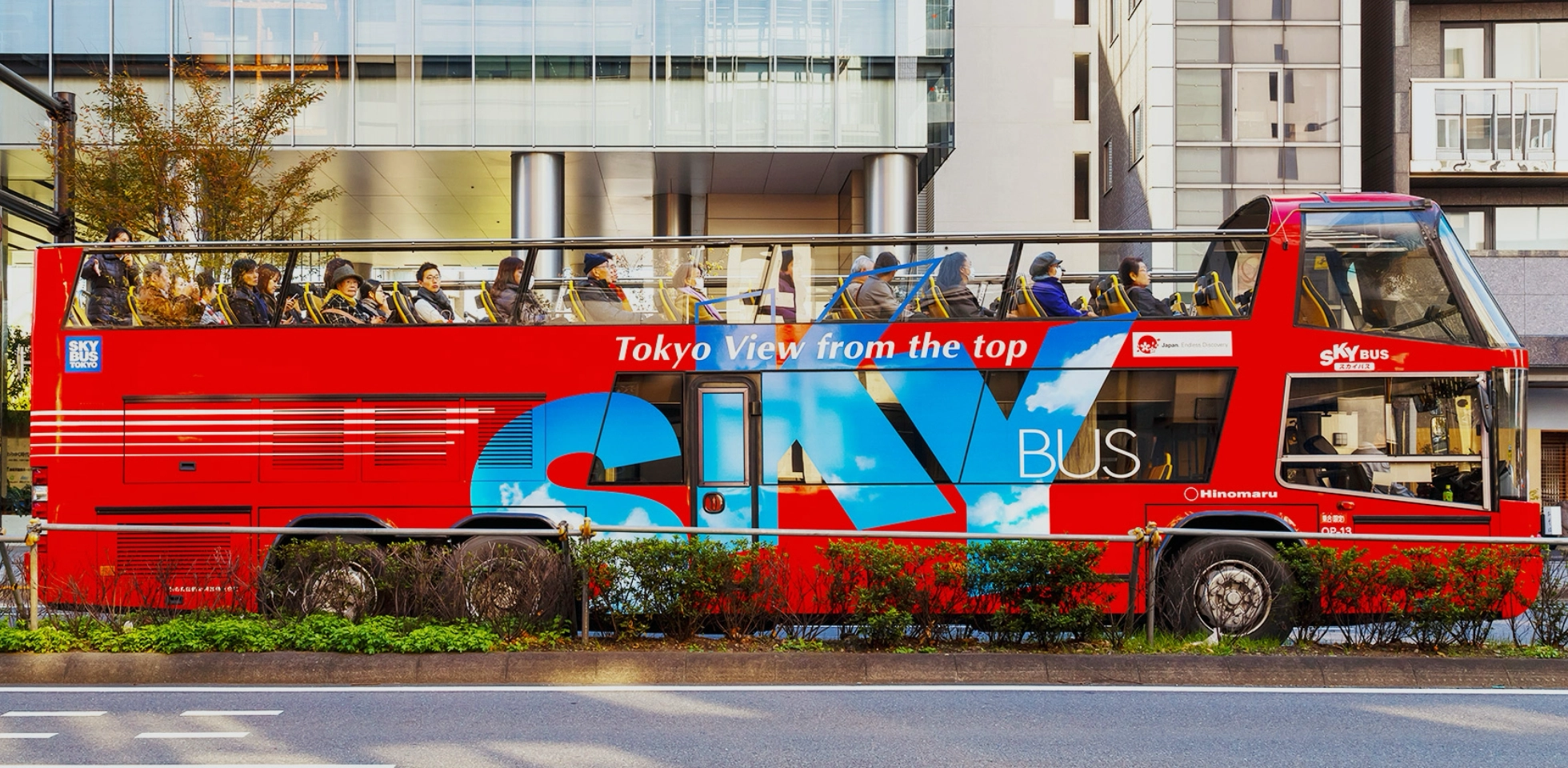
COURSE
Embark on a journey through Kyoto’s historic wonders with our exclusive tour. Visit the famed Nishiki Market, known as ‘Kyoto’s Kitchen’, and the UNESCO World Heritage site of Nijo Castle.
Marvel at the Golden Pavilion of Kinkaku-ji, shining with its golden reliquary hall. Discover the ‘wabi-sabi’ of Eastern culture at Ginkaku-ji, and the iconic Heian Shrine, celebrated for its massive torii gate.
Experience the legendary ‘stage of Kiyomizu’ at Kiyomizu-dera. This tour is designed to let you fully indulge in the timeless charm of Kyoto’s ancient treasures.
Kyoto Station(Karasuma Exit)
Red Line
Green Line
East Line
West Line
Kyoto-Arashiyama
Arashiyama-Kyorto
Nishihongan-ji Temple (Kyoto Tokyu Hotel)
Red Line
Green Line
West Line
Shijo Karasuma /Nishiki-Ichiba Market
Red Line
Green Line
East Line
Kyoto-Arashiyama
Nijo-jo Castle
Red Line
Green Line
Purple Line
West Line
Kitano Tenmangu Shrine / Kamishichiken
Red Line
Green Line
West Line
Kinkaku-ji Temple(Golden Pavilion)
Red Line
Green Line
Purple Line
West Line
Daitoku-ji Temple
Red Line
Green Line
Purple Line
West Line
Kyoto Imperial Palace (Doshisha University)
Red Line
Green Line
West Line
Ginkaku-ji Temple(Silver Pavilion)
Red Line
East Line
Heian-jingu Shrine / Okazaki Park
Red Line
East Line
Gion(KOTOWA-Kyoto Yasaka)
Red Line
East Line
Gojozaka (Kiyomizudera Temple)
Red Line
East Line
SanjuSangendo / National Museum (Hyatt Regency Kyoto)
Red Line
East Line
Nishiki-Ichiba Market(To Kyoto Station)
Green Line
West Line
Arashiyama-Kyorto
Kyoto City Hall
East Line
Karasuma Gojo
East Line
Kyoto-Arashiyama
Arashiyama
Purple Line
Kyoto-Arashiyama
Arashiyama-Kyorto

Open-Top Bus
Enjoy the scenic views of Kyoto from the upper deck of an open-top bus.
Entertaining Commentary
All buses offer entertaining and informative tour commentary. Listen to interesting facts and stories about Kyoto's history, architecture, famous landmarks, and culture. There are multiple types of buses, and they may change depending on the day.
Commentary Available in the Following Languages:
English, Spanish, French, German, Chinese, Korean, Japanese
You can use your own wired headphones to listen to the pre-recorded commentary. Additionally, you can receive a free new pair of headphones when you board the bus.
Free Mobile App (Coming Soon)
Check the bus arrival times in real-time, use detailed maps, and access sightseeing tickets to save time and make the most of your visit!
See All the Necessary Landmarks
Discover Kyoto's major landmarks such as Kyoto Tower, Kinkaku-ji, Ginkaku-ji, Kiyomizu-dera, Gion, Higashiyama area, Heian Shrine, Nijo Castle, and Nishi Hongan-ji.
Multiple Routes
We offer two different bus tour routes to explore Kyoto's tourist attractions.
2 Day Ticket
【Validity Period】
Two-day ticket: Valid for two consecutive days from the start date of boarding.
【Available Routes】
Sky Hop Bus Kyoto operates on the following two routes:
・ East Route: Ginkakuji & Gion Route
Stops include Kyoto Station (Karasuma Exit), Ginkakuji, Heian Shrine, Gion, Kiyomizu Temple, and more.
・ West Route: Nijo Castle & Kinkakuji Route
Stops include Kyoto Station (Karasuma Exit), Nijo Castle, Kinkakuji, Kyoto Imperial Palace, and more.
【Important Information】
・ Weather Precautions: Ponchos are provided in case of rain, but operations may be suspended in case of thunderstorms or heavy rain.
・ Dress Code: As the bus is open-top, please dress according to the season. Sun protection is recommended in summer, and warm clothing is necessary in winter.
・ Safety: Seat belts must be worn while the bus is in motion, and moving between seats is not allowed. Please do not extend your hands outside the windows.
・ Food and Drink: Bottled drinks or flasks with lids are allowed, but eating and drinking alcohol are prohibited.
・ Luggage: Large luggage and strollers can be stored in the bus trunk only while the bus is in motion.
1 Day Ticket
【Validity Period】
Same-day ticket: Valid only on the day of boarding
【Available Routes】
Sky Hop Bus Kyoto operates on the following two routes:
・ East Route: Ginkakuji & Gion Route
Stops include Kyoto Station (Karasuma Exit), Ginkakuji, Heian Shrine, Gion, Kiyomizu Temple, and more.
・ West Route: Nijo Castle & Kinkakuji Route
Stops include Kyoto Station (Karasuma Exit), Nijo Castle, Kinkakuji, Kyoto Imperial Palace, and more.
【Important Information】
・ Weather Precautions: Ponchos are provided in case of rain, but operations may be suspended in case of thunderstorms or heavy rain.
・ Dress Code: As the bus is open-top, please dress according to the season. Sun protection is recommended in summer, and warm clothing is necessary in winter.
・ Safety: Seat belts must be worn while the bus is in motion, and moving between seats is not allowed. Please do not extend your hands outside the windows.
・ Food and Drink: Bottled drinks or flasks with lids are allowed, but eating and drinking alcohol are prohibited.
・ Luggage: Large luggage and strollers can be stored in the bus trunk only while the bus is in motion.

